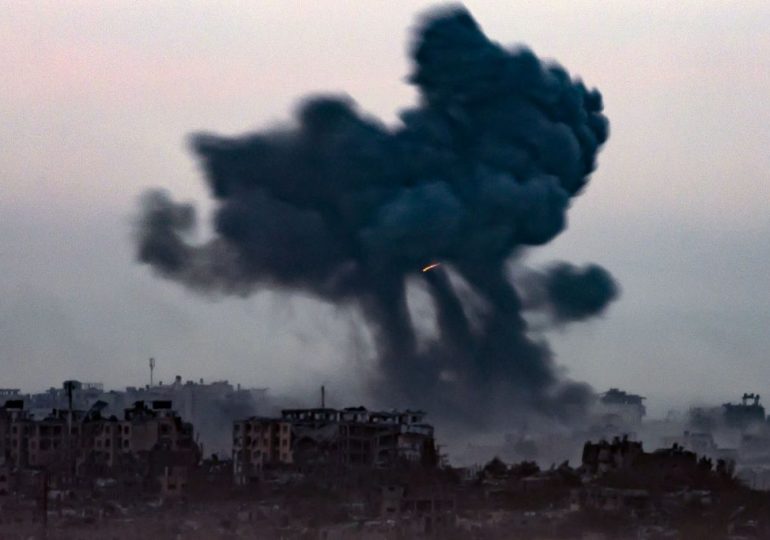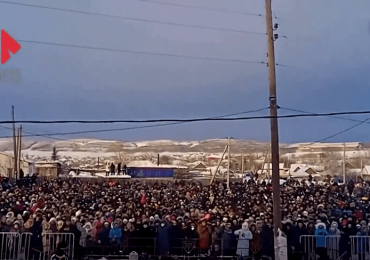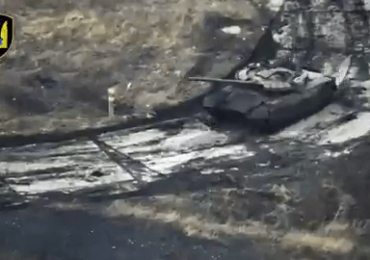As we enter into the fourth week of the Israel-Hamas war, a clear endgame for the war Israel launched in retaliation for the massacre of October 7 remains elusive. The absence of well-defined Israeli goals may have been understandable at the initial stages of the war given the enormous shock at Hamas’s ability to perpetrate a surprise attack on such a wide scale and the desire for vengeance in view of Hamas’ barbaric atrocities against thousands of Israelis. Yet shock and vengeance are no substitutes for strategy, and the ground operations that Israel launched inside the Gaza Strip rapidly hasten the need to plan for the day after the invasion ends.
[time-brightcove not-tgx=”true”]
A hint of Washington’s impatience with Israel’s failure to spell out its intentions was already evident in President Biden’s remarks in Tel Aviv on October 18, when Biden publicly noted that wartime success “requires clarity about the objectives and an honest assessment about whether the path you’re on will achieve those objectives.” Since then, but for a vaguely worded statement by Israeli Defense Minister Yoav Gallant that Israel seeks “the creation of a new security regime in the Gaza Strip, the removal of Israel’s responsibility for day-to-day life in the Gaza Strip, and the creation of a new security reality for the citizens of Israel,” no clear vision for what Israel aims to achieve has been presented.
The apparent absence of an Israeli vision for how to realize its goals and the growing escalation of the conflict across the region require urgent international intervention aimed at preparing the diplomatic off-ramp that must be the end of all wars.
The off-ramp would need to contend with multiple challenges, including those underlying Israel’s own war objectives.
First, the destruction of Hamas’s military and governing capabilities, which Israel has repeatedly declared to be its main objective, lacks the clarity of purpose and the certainty of its achievability. Hamas is an organization deeply embedded in Gaza’s social and civilian life, and destroying it would require not only the killing of tens of thousands of armed men affiliated with Hamas, but also dismantling its wide array of civilian mechanisms—mechanism that employ upwards of 40,000 civilians and which are essential if Gaza is to function after the war ends.
Second, even as Israel’s war objective of dismantling Hamas is probably unrealistic, it is also, paradoxically, not ambitious enough. This is because disarming Hamas would create a power vacuum into which other militant and terrorist groups would enter – principally Palestinian Islamic Jihad, but potentially also other militant groups, including Salafi-jihadist ones. These groups are no less committed to waging endless war on Israel, and their weakness relative to Hamas thus far has been due to Hamas’s ability to rein them in. If Hamas is weakened, let alone dismantled, they will likely take its place.
Read More: The Invasion of Gaza Will Not Make Israel Safer
And finally, a war whose goal is destroying Hamas does not necessarily go in hand with securing the release of the roughly 240 Israeli hostages in Gaza. If anything, the kind of brutal and bloody fighting required to achieve the dismantling of Hamas would only endanger the lives and safety of the Israeli hostages rather than expedite or assure their release.
The fact, moreover, that third-party negotiations can bring about the release of hostages, as has already been demonstrated by the release of four hostages in two separate deals brokered by both Qatar and Egypt, underscores the availability of an alternative to the use of sheer military force.
The diplomatic off-ramp must be nothing less than a regional grand bargain—one that would address Israel’s necessary and legitimate strategic needs; strengthen the pragmatic Palestinian forces who are willing to reach a permanent agreement with Israel; avert a humanitarian catastrophe in the Gaza Strip; and prevent a wider regional war.
The challenge, admittedly, is enormous and may well be beyond what regional and international diplomacy can pull off. Competing interests among some of the key regional stakeholders (such as between longtime rivals Saudi Arabia and Qatar) and powerful spoilers—notably Iran, Hamas’s chief sponsor—are bound to get in the way. Yet given the enormous stakes at hand, the effort must be made, with these two primary components at its core:
First and immediately, an “all-for-all” hostages for prisoners exchange deal between Israel and Hamas. Under such a deal, Hamas and the other Palestinian groups would release all Israeli hostages held in the Gaza Strip in exchange for a blanket release of all Palestinian prisoners in Israeli jails, estimated at around 6,000. The Israeli hostages would include the two civilians who have been held by Hamas before October 7. Even if Hamas were to release several dozen captives in the days to come, the staggering number of Israeli hostages held in the Gaza Strip renders any precedents to prisoner exchange deals—notably that of the 2011 deal for the release of Israeli soldier Gilad Shalit, where the identity and severity of each and every prisoner’s security crimes were factored in—moot.
Second, and in the longer term, the demilitarization of the Gaza Strip. This should be Israel’s ultimate goal, but it is also one that only a concerted regional and international effort might be able to bring about without a full-scale ground invasion.
Read More: Israel’s Vow to Eliminate Hams Is Unrealistic
In practical terms, this would require the disarming of Hamas and the other Palestinian militant groups and would ideally apply to these and other militant groups in the West Bank as well. While such efforts have failed in the past, conditions this time are different. Achieving this goal, however, would depend on the creation of a coalition of regional stakeholders united by the understanding that Hamas must be eliminated—indeed, that failure to destroy Hamas would deal a major victory to their arch enemy, Iran. Such a potential coalition exists in the region, with key players being Egypt, Saudi Arabia, the United Arab Emirates, and Bahrain.
Tragically, the military disarmament of Hamas and all other Palestinian factions will probably not be achieved without additional military pressure, with all the implications for the civilian population of Gaza, along with some kind of a (literally) life-saving deal for Hamas’s and PIJ’s leaderships, whoever among them survives. Historical examples for such arrangements are none too inspiring, but the 1982 evacuation of Yasser Arafat and the PLO from Beirut, Lebanon, could serve as a model.
The military disarmament of Hamas and all other Palestinian factions must also mean the readiness of the Palestinian Authority, under the leadership of the PLO (and its main faction, Fatah) to assume control over the Gaza Strip. Such a development would require considerable political and financial resources, and might necessitate the establishment of a multinational Arab peacekeeping force that would, under optimal circumstances, receive its mandate from a U.N. Security Council resolution. As for the financial component, the wealthy Arab states, principally Qatar, Saudi Arabia, and the UAE, and the European donor countries, would need to foot the bill.
These are only the two basic components of the regional bargain required right now. A broader deal, one that would truly redefine the regional security architecture (and also go a long way in checking Iran’s regional ambitions) might also include American defense pacts with both Israel and Saudi Arabia, Saudi-Israeli normalization, and a joint U.S. and Saudi sponsored Israeli-Palestinian negotiations on a two-state solution.
The prospect for renewed Israeli-Palestinian negotiations on a two-state solution might seem extremely distant under present circumstances. Yet the trauma of October 7 and the pain engendered by the ongoing crisis may create the kind of willingness, on both sides, that has been lacking in the past 20 years. To be sure, good-faith negotiations would require new leaderships in both Jerusalem and Ramallah that enjoy broad public support. In Israel, that might possible even with the current parliamentary makeup (provided Prime Minister Benjamin Netanyahu stepped down and a new coalition is formed). In Palestine, where elections in the Palestinian Authority have not taken place since 2006 and are unlikely to take place any time soon, the legitimacy would need to be achieved through internal organizational reforms as well as through major economic reconstruction and assistance by way of a Marshall Plan-like support from the outside. Meanwhile, the demilitarization of the Gaza Strip and the consolidation of a Palestinian polity would mean the removal of one of the main obstacles to such negotiations since Hamas took over Gaza in 2007.
There is no easy path forward, but the urgency for regional and global diplomacy cannot be overstated. Failure to create an off-ramp from this war would mean not simply more of the same, but a precipitous fall into the abyss.
Leave a comment
















